How to paint sunsets: Create the perfect coloured sky
Top tips to help you learn how to paint sunsets, starting with choosing the perfect colours.
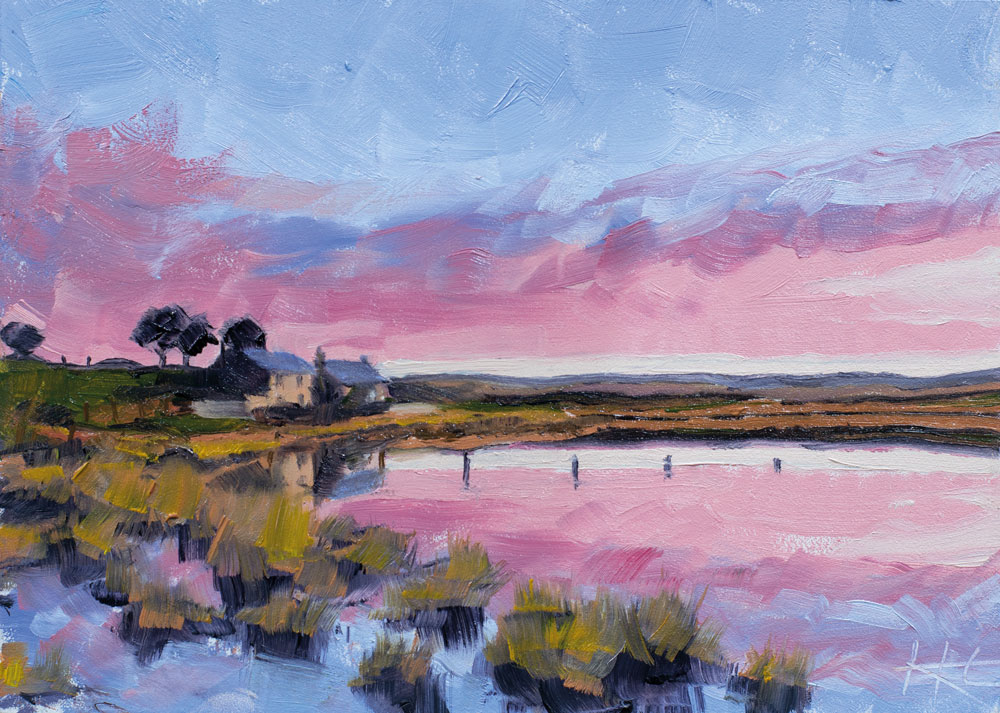
If you learn how to paint sunsets, you will elevate your landscape art. However, capturing the full beauty of a real sunset isn't an easy task. With so many complex colours and shades working together and blending into one another, balancing them perfectly isn't easy. How do you create something that feels both realistic and richly eye-catching?
- Oil paint
- Palette knife
- Paintbrushes
- Canvas
This post offers some top tips on how to use colour to create a beautiful sunset. In his tutorial, Rob Lunn uses oil paints, but the premise is the same across a range of media – so be sure to call upon this guide when you're creating a sunset in any form. Need to upgrade your equipment? See our best oil paint supplies guide, and best art supplies roundup (and check out the deals below). Or for now, here is Lunn's expert tutorial.
How to paint sunsets
01. Get the blue just right
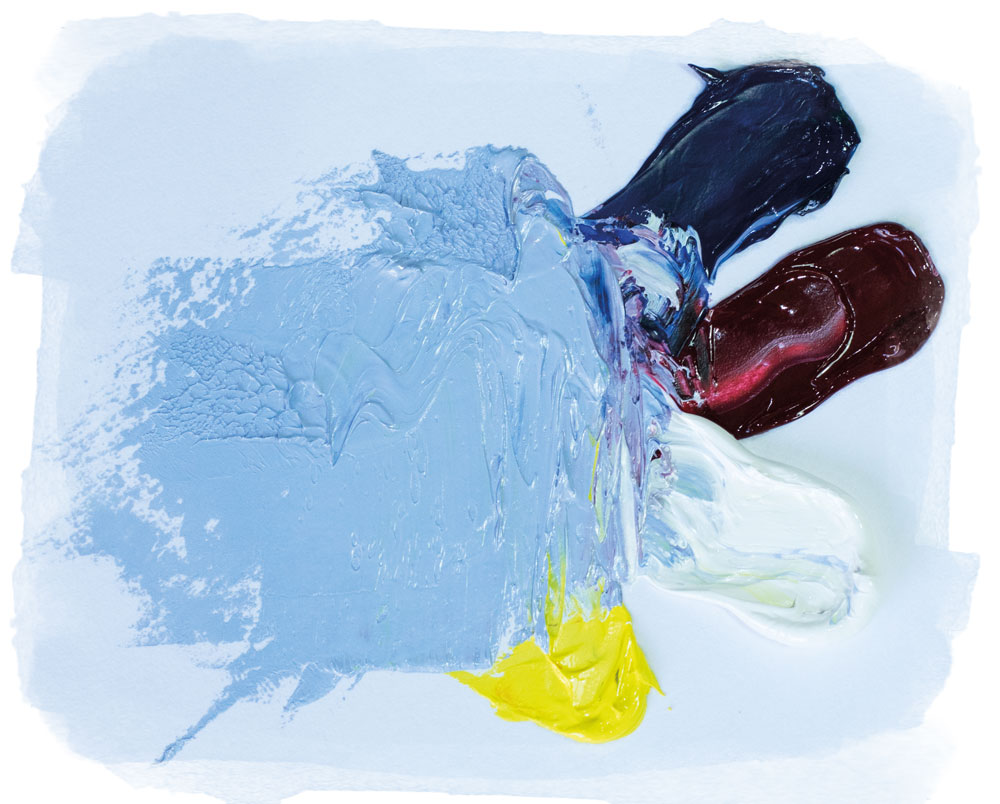
The blue sky in this landscape sits above all the drama happening below, so it was important to get just the right mix. The blue sky is also reflected in the pool, so it had to sit well with its surrounding sky and land colours to look authentic. We took some Ultramarine Blue and tinted it down with Titanium White No.1. We wanted to add violet tones so I mixed in a little Alizarin Crimson. The blue of the sky also leaned towards the greens so I added a little Bright Yellow Lake to subtly shift it in that direction. (Get the perfect paint by choosing one from this best oil paints guide.)
02. Mix the perfect pink
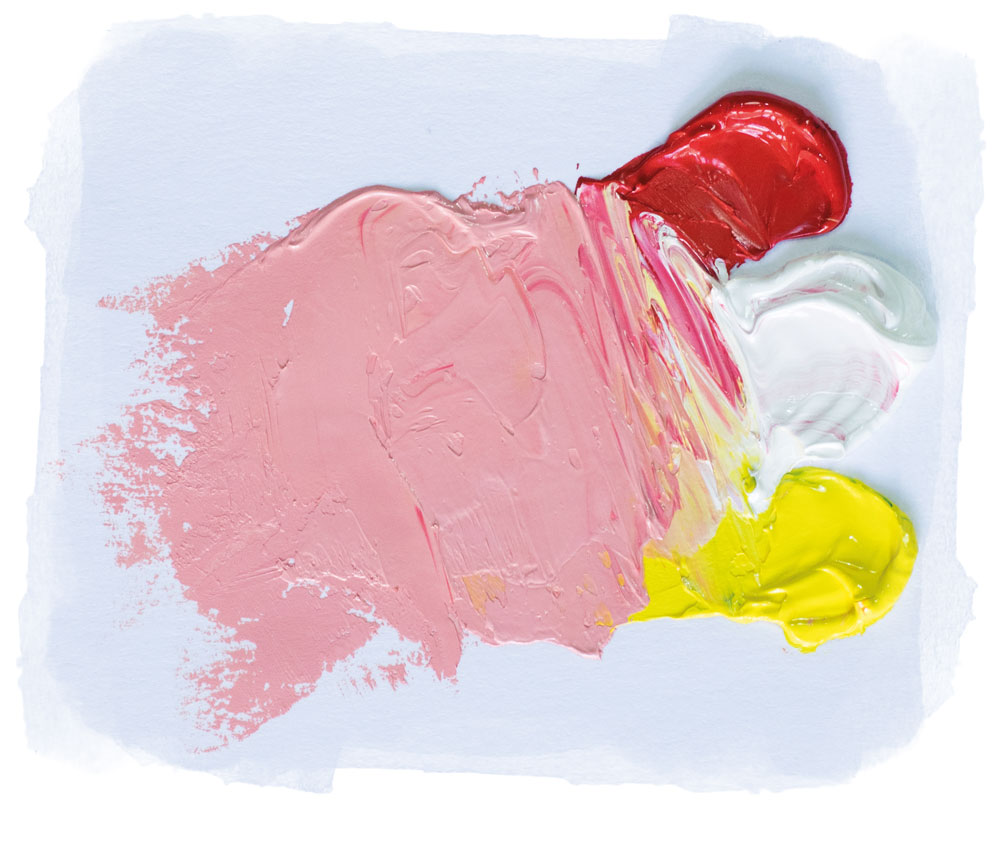
As the sun gets lower in the sky, the rays of light have more atmosphere to travel through to reach your eyes. This tends to filter out more of the violets and blues, creating beautiful peachy-pink skies as in our subject. To re-create this peachy-pink, mix Scarlet Lake with Titanium White No.1. When mixing tints, add the dominant colour to the white, rather than adding white to the dominant colour – you'll save a lot of white paint. Then 'peach-up' the pink by adding small amounts of Bright Yellow Lake until you're happy.
03. Balance with deep shadows
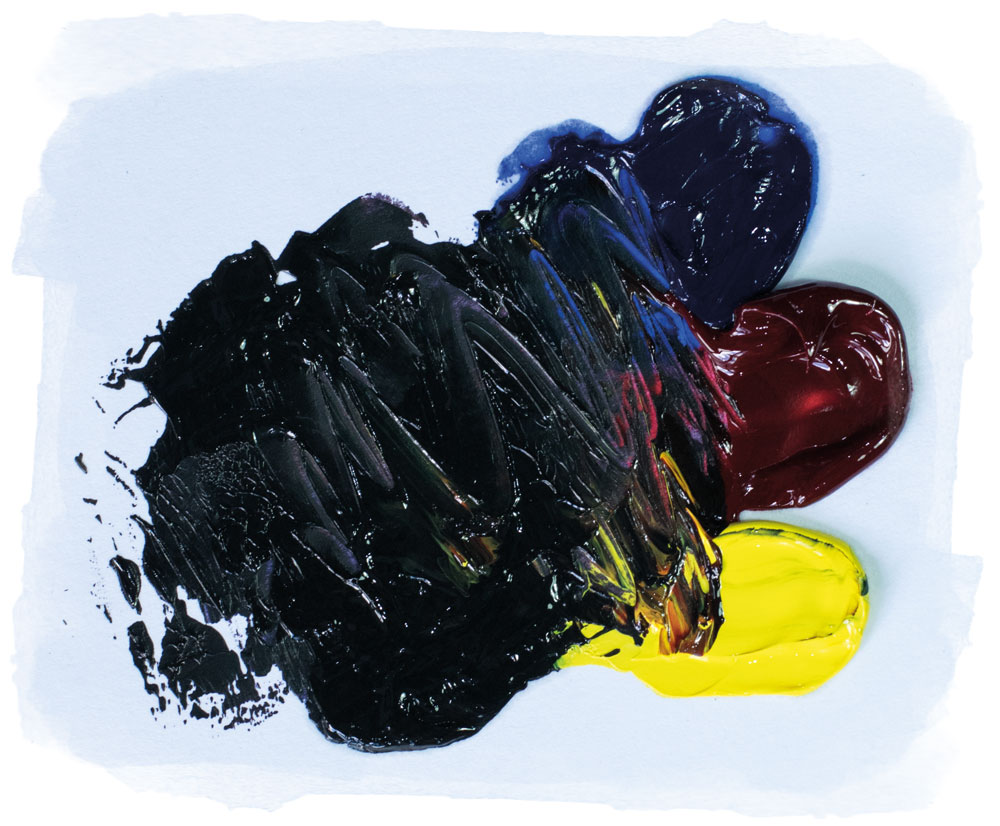
In a painting with such high notes of extreme colour, the composition needs to be anchored and balanced with dark, deep tones. I decided to increase harmony by combining a lot of these into one deep violet. Remember that these deep, dark tones needs to be desaturated with their complementary colour – in this case, Bright Yellow Lake. I didn't want to go all the way to black, so I started with my warmer blue, Ultramarine. I then added Alizarin Crimson to create my violet and Bright Yellow Lake to grey it down.
04. Add gold to the grass
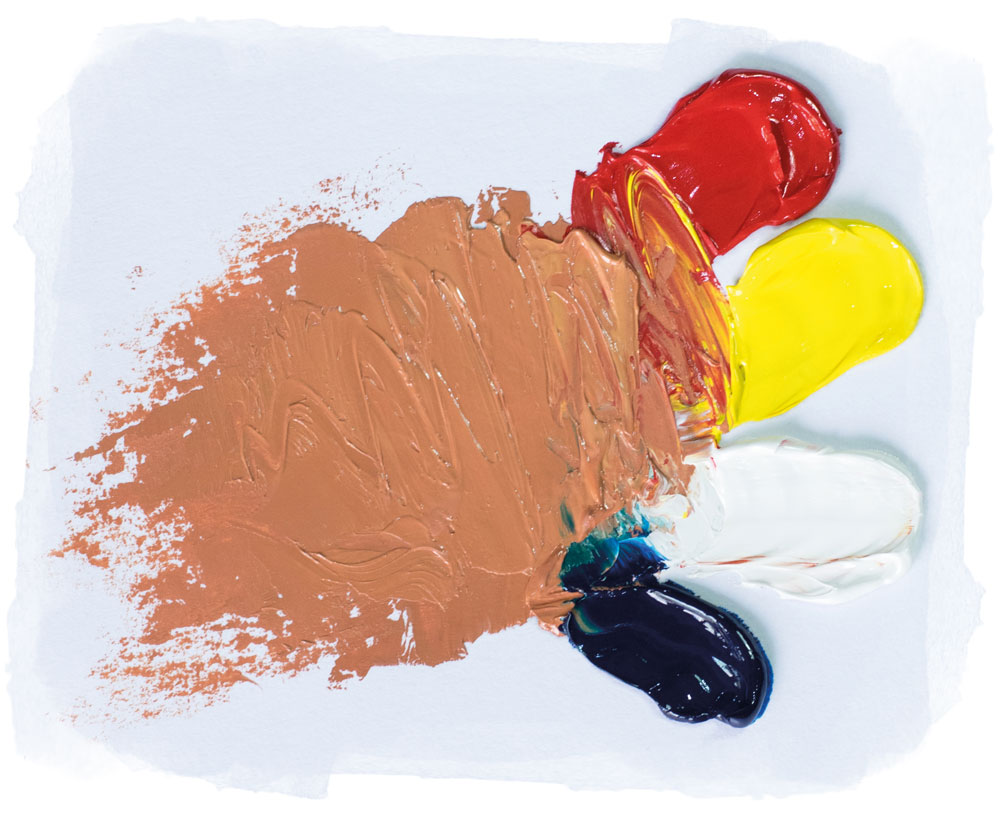
One of the strongest colours in the foreground, and counterpoint to the deep shadows, is the sunset kissing the foliage around the pool. I wanted this to be bright and sing out, but it's easy to go in too light and too high in saturation. I started off mixing Scarlet Lake with Yellow Lake to create a strong and warm orange. As Scarlet Lake is the dominant colour, I greyed it down using Phthalocyanine Blue Lake to create a strong desaturation while retaining a good, warm orange. Offer up your palette knife to your painting to see how your mix looks next its surrounding colours before you commit with a brush.
05. Cool things down with green
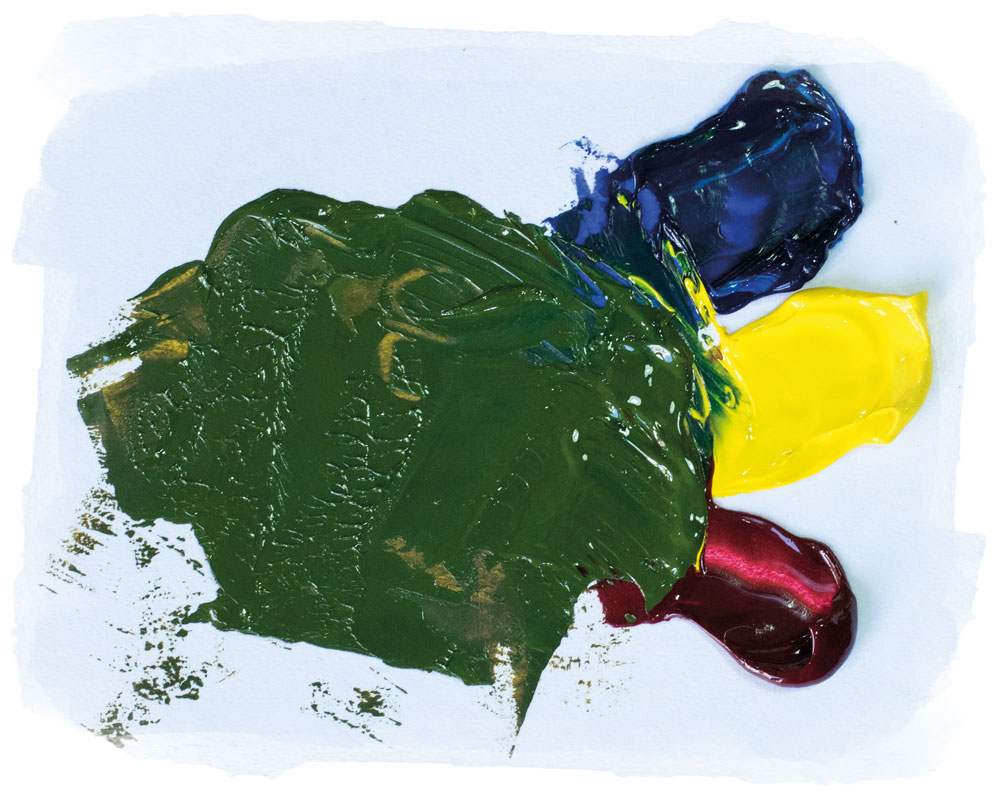
One of the strongest colours in the foreground, and counterpoint to the deep shadows, is the sunset kissing the foliage around the pool. I wanted this to be bright and sing out, but it's easy to go in too light and too high in saturation. I started off mixing Scarlet Lake with Yellow Lake to create a strong and warm orange. As Scarlet Lake is the dominant colour, I greyed it down using Phthalocyanine Blue Lake to create a strong desaturation while retaining a good, warm orange. Offer up your palette knife to your painting to see how your mix looks next its surrounding colours before you commit with a brush. But when it's time to paint, be sure to use one of the best oil paint canvas options.
This content originally appeared in Paint & Draw: Oils. You can buy the Oils bookazine here. Or explore the rest of the Paint & Draw bookazines.
Read more:
- Oil painting techniques: All the top tips to perfect your art
- Simple tips for painting beautiful skies
- Tips for an urban oil painting

Thank you for reading 5 articles this month* Join now for unlimited access
Enjoy your first month for just £1 / $1 / €1
*Read 5 free articles per month without a subscription

Join now for unlimited access
Try first month for just £1 / $1 / €1
Get the Creative Bloq Newsletter
Daily design news, reviews, how-tos and more, as picked by the editors.

Rob Lunn is a self-taught painter, and loves to paint in oils. His influences are Vincent van Gogh, Caravaggio and Ilya Repin. He has taught art workshops since 2012 and gets a real buzz from teaching people to draw and paint. He has contributed to Paint & Draw magazine and bookazines, and has also provided traditional art tutorials for Creative Bloq.
- Georgia CogganEditor
